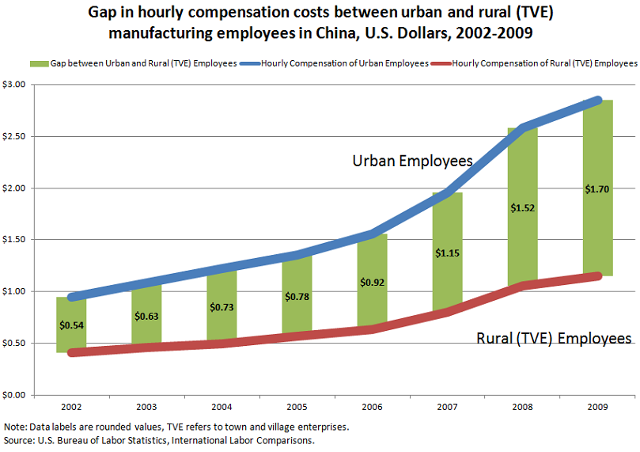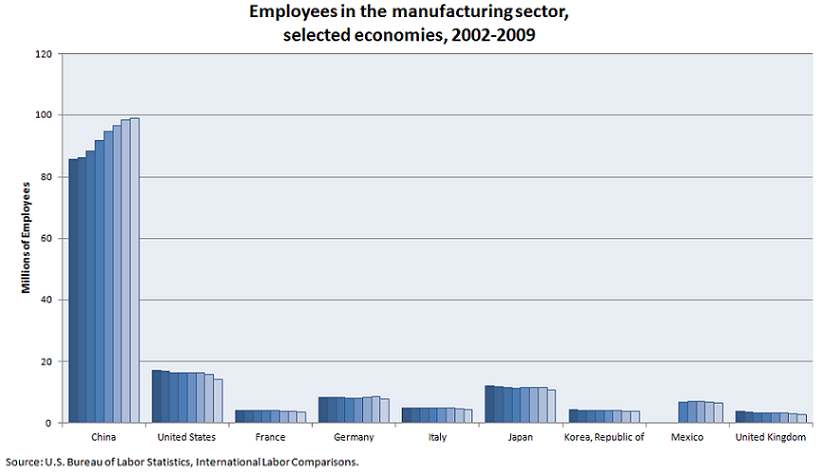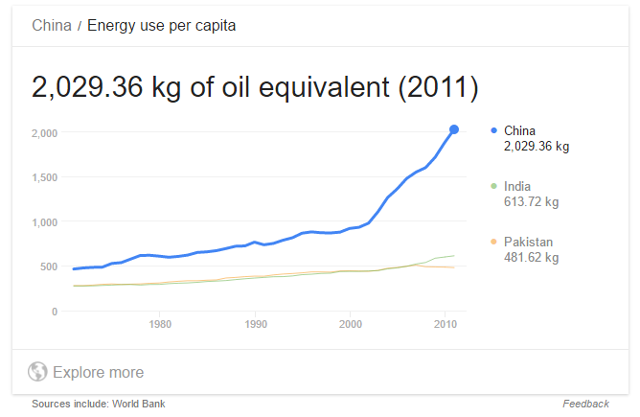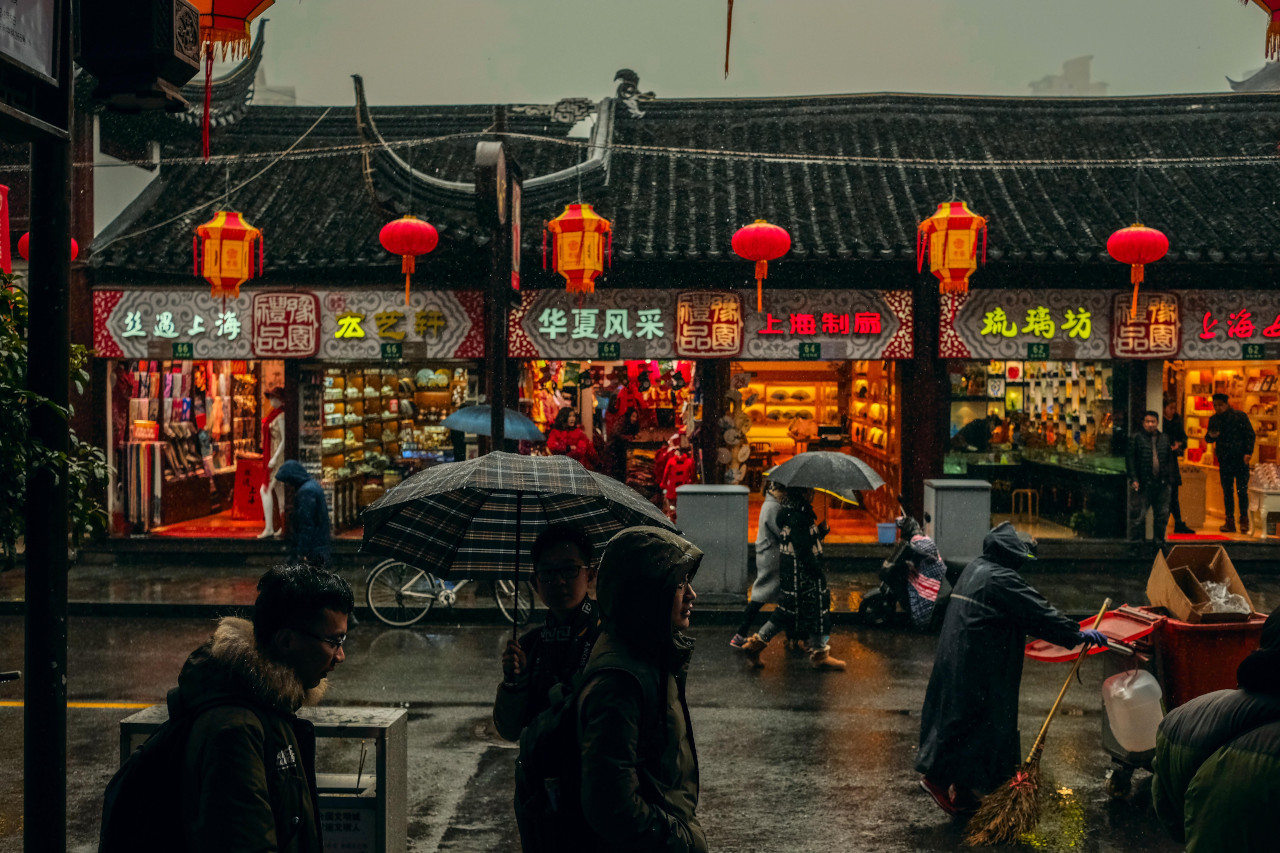China: Bust or Boom?
China is a country that captures imaginations and can fill the role of the exotic destination, land of adventure and opportunity, and in some cases, it can be painted as a villain.
As Americans, we bemoan the loss of manufacturing and scowl at the influx of affordable gadgets and exploding hover-boards that have flooded into our homes. We fret over Chinese businessmen coming into this country and snapping up all of the available real estate:
Between 2010 and 2015, Chinese buyers put more than $17bn into US commercial real estate, with half of that spent last year alone. Unlike many countries, there are very few restrictions on what foreigners can buy in the US.
But during the same period at least $93bn went into US homes. And in the 12 months to March 2015, the latest period for which relatively comprehensive data could be gathered, home purchases totaled $28.5bn.
China’s economic advancement has come at a cost to the country and its 1.35 billion people. This post highlight some of those issues to give my readers a better understanding of difficulties China will face in the coming years.
Population
Everyone knows that China has an enormous population, but you might not be aware that 194 million people in China are over the age of 60. That is close to 15% of their population.
You might say to yourself, 15% doesn’t sound too bad. From a percentage view, the United States has a similar age distribution. However…
Until last year, China had a population control methodology in place that limited couples to only one child. The policy started in 1978 and impacted an entire generation of Chinese families.
Thanks to modern medicine, people are living longer. China is no different. But the unintended consequence of the population control measures and people living longer is that China doesn’t have enough people to care for their elderly population (yes, that is ironic)
This dynamic is called the 4-2-1 problem: 4 grandparents, 2 parents, all being looked after by 1 child who is also the person who is expected to earn an income.
Another interesting wrinkle in the 4-2-1 problem is the lack of brides. Due to the one child policy and China’s cultural preference towards male children, there are almost 40 million men in the country that will remain bachelors:
Today, an estimated 35 to 40 million women are “missing” from China’s population. For years, demographic experts have predicted the huge surplus of young men would cause a rise in sexual violence and social instability. Now the first generation of children born since 1980 has reached marriageable age, and problems such as bride-kidnapping and forced prostitution are soaring.
The bachelors in areas like Da Xin are the least likely of all to find love. As the gap between rich and poor widens in China, uneducated rural men have little means of upward mobility. “I don’t have any money to move away to look for a wife,” says Jin. “I must stay here to work our land and support my elderly mother.”
Think about these 30-something men (basically men my age) who work all day, not to come home to a wife or child (and a reason to get up everyday and go to work), but to their aging parents and grandparents. Knowing that the only way to change things is to abandon their family.

Working Conditions
Some people do leave their villages and their families in the hopes of finding better jobs and better romantic prospects.
Manufacturing represents 44% of China GDP and is supported by an estimated 100 million workers. In the video above, you can see hundreds of people waiting outside the factory every day with the hopes of finding work inside the plants.

Once they do get jobs, employees might find themselves working 12 hour days, 6 or 7 days a week, and living in cramped dorm rooms.
The conditions became so bad at some factories that administrators had to put up nets to prevent employees from jumping off the buildings:
The Foxconn suicides occurred at the so-called “Foxconn City” industrial park in Shenzhen, China. The 18 attempted suicides by Foxconn employees resulted in 14 deaths—the company was the world’s largest contract electronics manufacturer at the time. The suicides drew media attention, and employment practices at Foxconn were investigated by several of its customers, including Apple and Hewlett-Packard (HP). Foxconn is a major manufacturer that serves high-profile consumer electronics firms such as Dell, Motorola, Nintendo, Nokia, and Sony.
Chinese workers are concluding that perhaps factory work is not for them and are shunning that life:
Finally, many first-generation migrant workers have worked in the cities for 10-15 years, yet they are still denied entitlement to any social benefits. While government policies now require employers to pay benefits for their employees, implementation is still at a primitive stage and differs vastly across the country. Naturally, migrant workers would prefer to work in regions where social-welfare policies are better implemented.
In addition to potentially poor and cramped working conditions, Chinese workers are also rejecting factory work due to the health issues…
Environmental Problems
Why has the rest of the world outsourced their manufacturing to China? Yes the labor is cheap and (mostly) abundant, but they are also very lax in their regulation of pollution. Yes, our beloved gadgets are a result of some very toxic manufacturing processes.
So toxic in fact, that many employees have been poisoned:
In mid-July, Long found herself unable to move her legs. “I was just lying on my bed all day and needed help to eat,” she says. Long ended up in a hospital in Guangzhou with more than 30 other Fangtai Huawei workers. Doctors found they’d been exposed to n-hexane, presumably in the “banana oil.” It’s an industrial solvent that causes neurological damage at just 50 parts per million. Workers using it are supposed to wear respirators and operate in a ventilated area. As treatment, Long endured daily injections—she says they “hurt more than anything else in the world.”
Not only does making the stuff cause pollution, but keeping the lights on at all of these manufacturing cities takes energy… lots of it. And like many other countries (including the United States), China’s primary sourcing of energy is burning coal

Burning coal is dirty (as seen in the video above)
China’s apparent demand for crude oil will reach 550 million tonnes (11 million barrels per day) and apparent demand for natural gas will hit 205 billion cubic meters, Nur Bekri, head of the National Energy Administration (NEA), said, according to Xinhua.
Electricity consumption will rise to 5.7 trillion kilowatt-hours and coal consumption will be 3.96 billion tonnes.
Burning coal and running factories is such dirty business that China has a tendency to shut down production when visitors arrive. They shut down factories for the Beijing Olympics, and they are planning to do so again for the G20 Summit in September.
Since this is a supply chain focused webpage, I am curious to see how the supply chain will be impacted by this production shut down. If you think you could be impacted, check to see which of your suppliers (n-Tier) are receiving goods from the affected region (especially from chemical, electro mechanical, building material, and pharmaceutical industries).
Conclusion
This is not a condemnation of China. America has a long and horrible history of mistreating workers and our natural resources:

Cuyahoga River Fire (Cleveland), 1952
In the coming years, Americans won’t be moaning about China taking their jobs, because the Chinese don’t want them. Those jobs will taken by automation and robots.
There is actually an opportunity for America to re-emerge as a manufacturing leader, but powered by the same robots and AI that will replace Chinese workers.
China is at a critical point in their own history: they have a massive population with needs that are going unmet and they don’t have the infrastructure in place to address those needs. Additionally, the poor treatment of their own natural environment is going to lead to even more medical and social distress.
As the country grows and becomes more connected with the rest of the world, the people who are making the stuff you love, are going to want stuff to love for themselves. It is already happening.
China is going to grow and evolve regardless of what I type here. But will the country continue to be the hands and feet of the global economy or will they clean up their cities, open their borders (for workers and for brides), and create something new?
It is going to very interesting to see how this plays out.
Note: Here is the Fair Labor Report referenced in the video.
Photo: Travel Coffee Book


